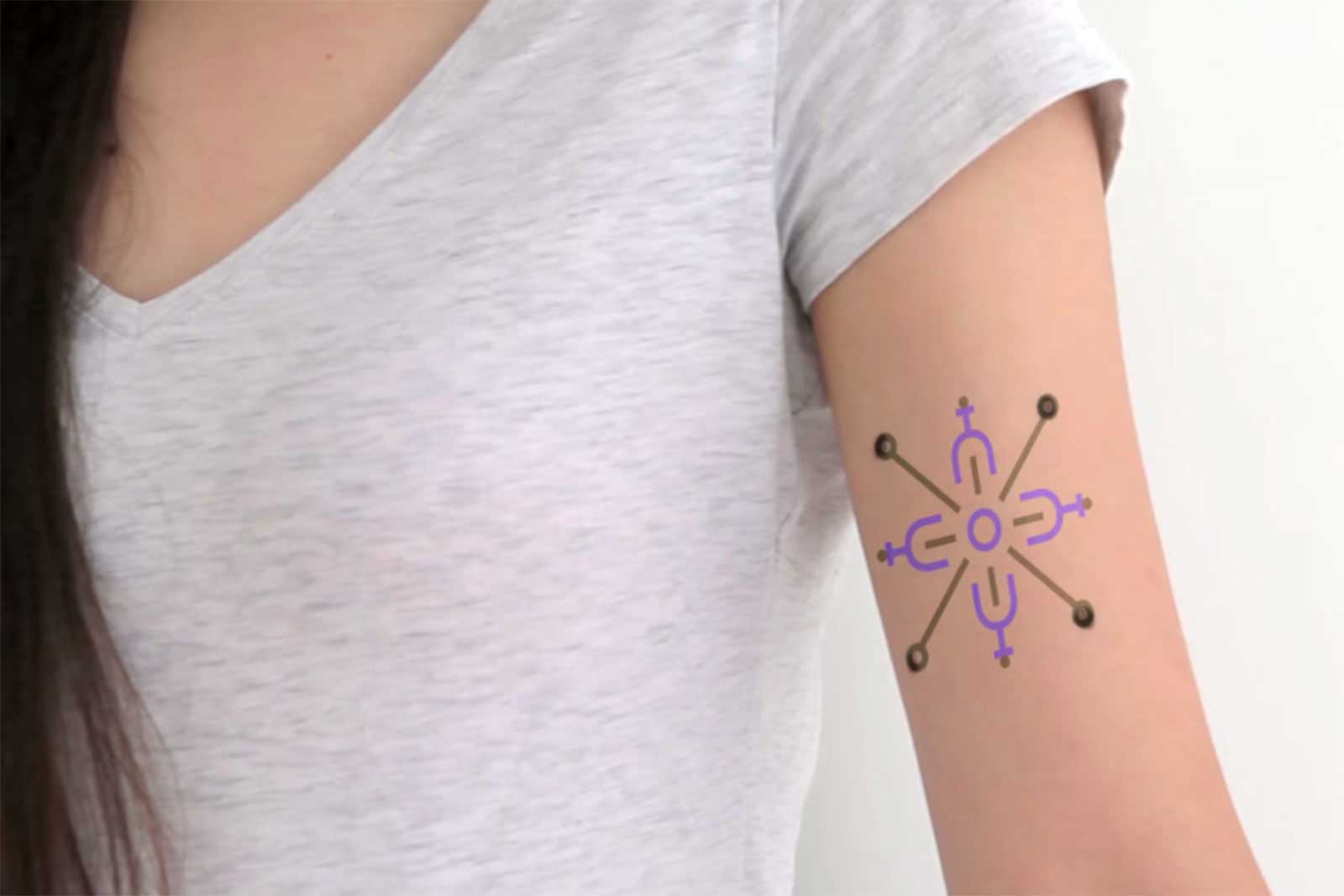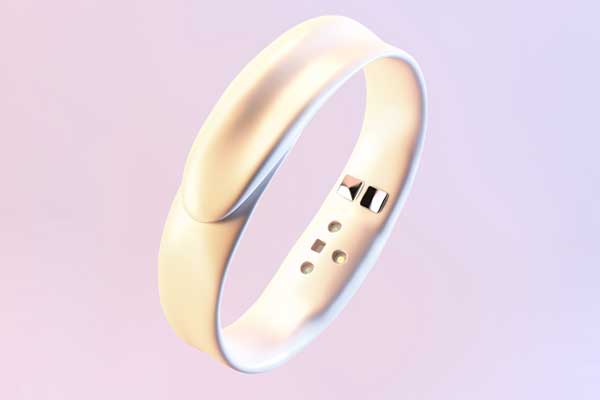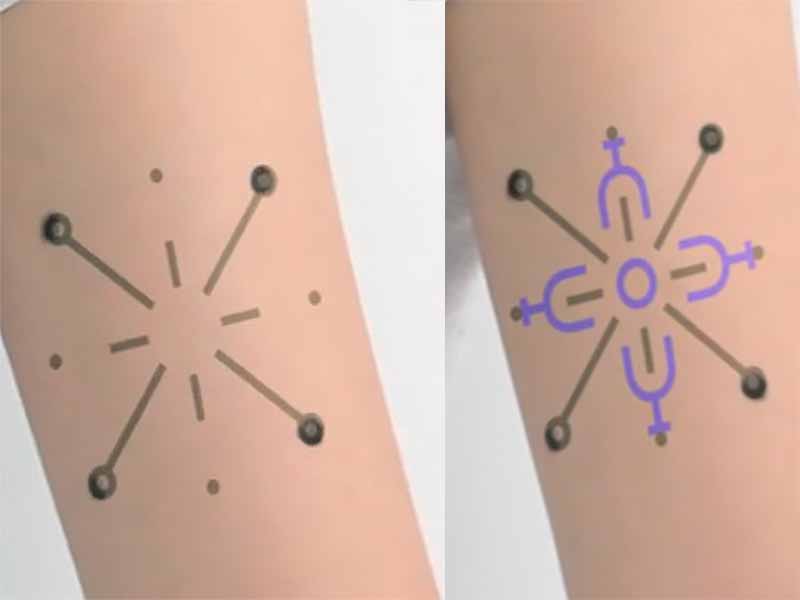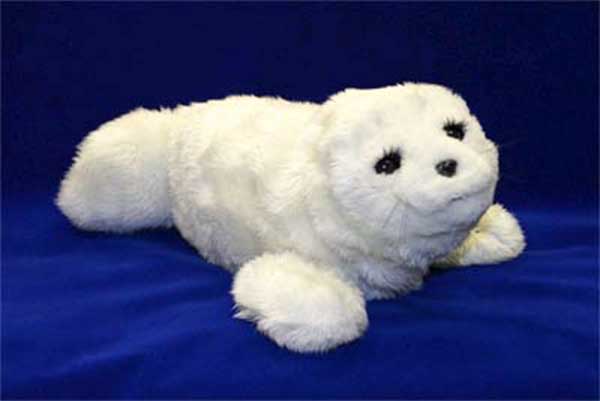
“Rigidity can be fatal in times of accelerating change. This holds true for individuals, companies, and society as a whole. And yet, it is all too common for people to delay responding to disruptors, learning new skills, preparing for volatility, or decoupling output from emissions.” — Frits van Paasschen. The Disruptors’ Feast: How to avoid being devoured in today’s rapidly changing global economy
We love technological advances in health and wellness at Spa Executive – particularly as they might pertain to spa and similar businesses.
Last year, in a special report, we discussed the possibilities for advances such as gene editing, and the ultimate degree of where we could be headed with the spa of the future. Now we’re moving away from this big picture view, to take a look at three tech developments currently disrupting spa and wellness, and how they’re being used.
For this we spoke with:
Lydia Kostopoulos, a technology educator and advisor, founder of Sapien 21, and a member of the the IEEE-USA AI Policy Committee.
Erica Orange, Executive Vice President & Chief Operating Officer of The Future Hunters, a leading futurist consulting firm
Spas should be aware of these three technologies/ tech developments currently making big waves in the industry. While we’re obviously a few years out from editing Alzheimer’s out of our genes in a spa, the cool things we’re talking about here are happening right now, and are either accessible or are about to be.
If you’re not paying attention to developments, you risk getting left behind in a competitive industry by those who are.
NEXT GENERATION WEARABLES AND EMBEDDABLES
Kostopoulos says, “Much of what I would point to as possibility for the future of spa is convergence of data and AI to create new experiences. People are looking to relax but they’re also looking to know more about their health, and spas provide a nice environment in which to do that through the use of these converging technologies.”
Wearables, which combine biosensors, data and AI, play a big role in this vision. Who doesn’t at least have a Fitbit to track movement, sleep and energy burn? Maybe your spa uses Muse headbands to monitor guests’ meditation brainwaves. But there is a lot more to wearables.

To point to a few, the Spire Stone monitors breathing and can help you relax, and the Spire Health Tag monitors your sleep, stress, and activity. The Feel, a.k.a. “the world’s first emotion sensor & mental health advisor” is a wristband that uses this physiological tracking to assess your mental state, then offers real-time Cognitive Behavioral Therapy (CBT) coaching through a connected app. And Vi is an AI personal trainer who lives in biosensing earphones and coaches you in real time, based on your biometrics.
These are the technologies that will take the spa experience from good to great, creating personalized experiences that elevate your services to the next level.
Kostopoulos says,
“For artificial intelligence to be useful you need to have a lot of data. “And as more people come to spas with devices they’ve been using to track their body metrics, spa data analysts will be able curate those personalized experiences into the spa experience. Technology convergence is going to bring a new element to holistic wellness, and allow spas to become one stop shops to achieving wellness goals.
“There’s a market for this, right now. A lot of people will be willing to pay on a subscription or membership basis, outside of a health insurance plan, for preventative measures encouraging them to do the right things and form good habits.”

Smart clothing places these types of sensors into textiles. OMSignal is a clothing line that collects “contextualized, medical-grade biometrics data.” The apparel line, which includes bras, shirts, and camisoles, picks up the body’s signals using strategically placed ECG, Respiration, and Physical Activity sensors. This data is then sent to the Cloud to be analyzed using advanced algorithms and AI.
If smartwear has yet to take off, it could be because of the impractical design, which still relies on attaching conventional electronics to fabrics, and removing them for washing. But researchers are working on building devices directly into the fibres of textiles, so clothing can be designed to monitor the wearer’s biomarkers without the need for embedded electronics. That could really be a game changer.

Or how about smart tattoos? In 2017 Harvard and MIT researchers developed smart tattoo ink capable of monitoring hydration and blood sugar. Researchers believe that “once the bugs are worked out” the applications for biologically-sensitive ink are broad.
VIRTUAL REALITY
No longer just for entertainment, if it ever was, VR is a whole world of health and wellness possibilities.
Erica Orange says, “In our shop, we define VR as tricking the brain into believing it is somewhere else, doing something else, in real time.”
This method is being used in hospitals to transport palliative care patients out of their rooms and around the world, and in similar settings to alleviate pain, such as at the Harborview Medical Center in Seattle.
Orange points to the Virtual Reality Medical Center in San Diego, which uses VR exposure therapy in combination with biofeedback and cognitive behavioral therapy to treat phobias, anxiety, stress, and pain. And to the Swedish pharmacy Apotek Hjärtat, which is promoting its VR pain relief app, Happy Place, as a supplement to traditional pharmaceuticals. “Hospitals are also starting to use VR for women in labor; and for children undergoing uncomfortable procedures,” she says
For everyday use, VR apps such as Guided Meditation VR allow you to place yourself in exotic locations across the universe. And now that headsets, such as the Oculus Go, are becoming much more affordable, these technologies are more accessible.
Orange says, “This could also be a powerful tool in spas. Instead of imagining you’re at a beach or laying in a hammock during a massage, you can visually be transported to your ‘happy place’ thereby maximizing the entire experience.”
The Natura Bissé Mindful Touch Facial combines Natura Bissé’s facial and body treatments, Virtual Reality, mindfulness and the power of touch to offer a unique spa treatment t luxury spas.
And ICAROS is a workout system consisting of a device, a controller and a VR headset. With these you can choose between immersive workout experiences such as flying, diving, or free falling.
One thing that should be noted is that VR headsets can make people queasy. This is a flaw that will likely be corrected quickly, as technology tends to improve at lightning speed.
ROBOTICS
The companion robot PARO the seal has been keeping elderly and dementia patients company for several years now. PARO allows the benefits of animal therapy to be administered to patients in environments such as hospitals and extended care facilities where live animals would present difficulties.

And in autumn 2017, Emma (Expert Manipulative Massage Automation) the robot started working at Novahealth TCM Clinic in Singapore. Emma, developed by AiTreat, has a highly articulated arm with soft massage tips that mimic the human palm and thumb that replicate the traditional acupoint massage known as “tuina.”
Emma specialises in back and knee massages, and works alongside a physician and a human massage therapist. Emma’s developer Albert Zhang said the robot will address the manpower shortage and issues of consistency of quality in treatments faced in the healthcare industry.
“Using Emma will open up low-cost treatment alternatives in countries where healthcare costs are high, especially when compounded by an aging population with a growing demand for chronic pain management treatment.”
Should massage therapists be concerned about robots coming for their jobs?
“I don’t foresee a future in which people will want to get massaged by a robot,” says Erica Orange. “We forget the powerful impact of human touch, and the uncanny valley will be a tough hurdle for people to get past – especially in a spa setting where they are disrobed and more vulnerable.”
Maybe a manicure robot, she says. “Manicures are less personal and a bit more transactional. Disintermediation here would happen before massages.”
Orange sees popularization of robot psychotherapy as more likely.
“Increasingly, we are deferring to AI to monitor, shape, visualize and define our emotional experiences for us. Humans are beginning to outsource more emotional intelligence to robots. In the near future, bots will take into account a range of both verbal and nonverbal cues.”

That, says Orange, is where something like the Woebot, a downloadable bot that mimics human interaction, comes into play (so, technically it’s a chatbot, not a robot). Drawing from the therapeutic framework of CBT, Woebot asks people how they’re feeling and talks about mental health. Woebot stores these conversations and gets more specific to your needs over time.
Wellness-focused spas will likely see some form of AI technology being incorporated for customer interactions and support sooner rather than later.
According to Orange, Woebot is already having a profound influence on individuals suffering from depression and anxiety. “But people will still want human-to-human interaction.”
That said, the human service provider’s role will change. Orange says,
“Trend and countertrend are complimentary forces. So whether it comes to a therapist, psychologist, life coach, or spa professional, their job will become a combination of technologist and trusted intermediary.
“In a technologically changing environment, spa and wellness professionals who create relationships with their clients based in trust will be more valued. In this new environment of rapid technological change, trust is the new luxury.”
Spa Executive magazine is published by Book4Time, the world’s most innovative spa, salon, wellness, and activity management software. Learn more at Book4Time.com



